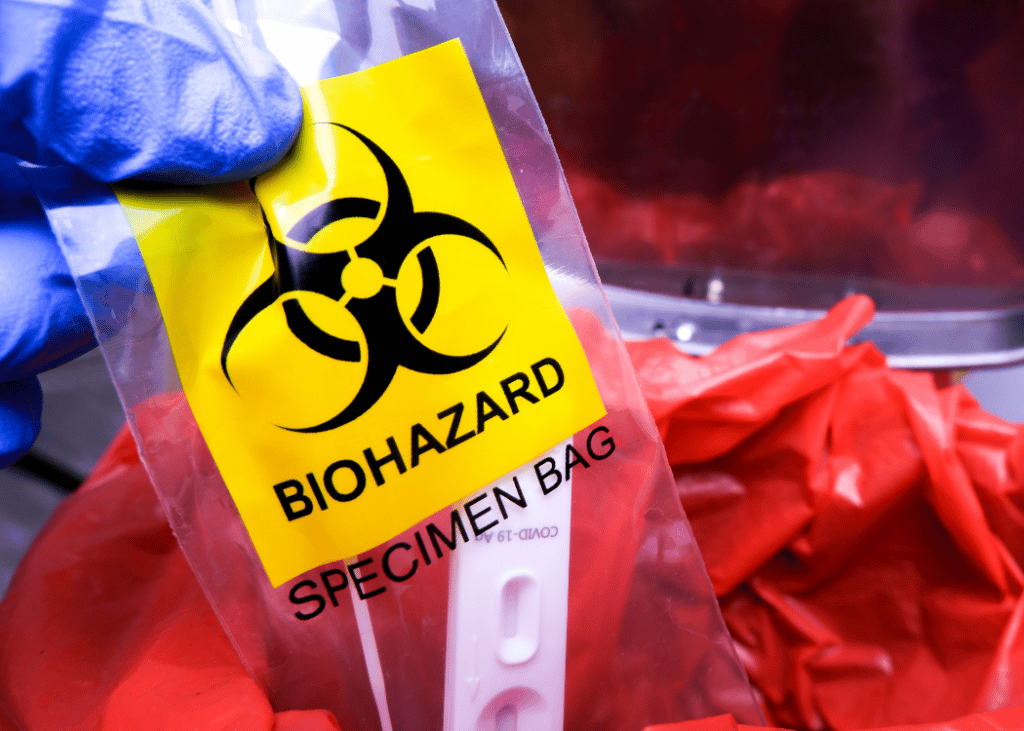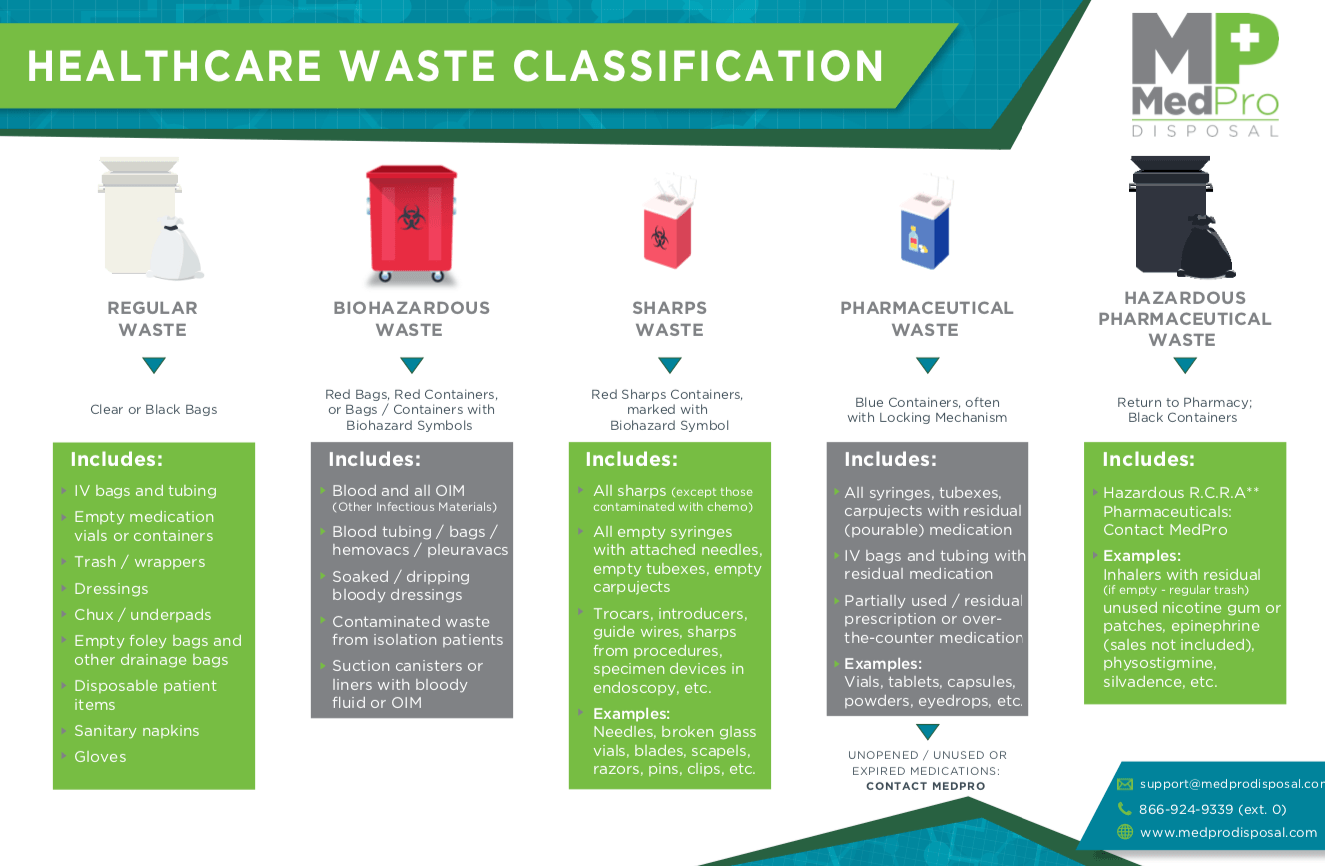Discovering Various Garbage Disposal Options for a Cleanser Setting
In the search of a cleaner setting, the monitoring of garbage disposal has actually become a vital prime focus for lasting growth. With a plethora of garbage disposal choices readily available, varying from traditional landfill methods to ingenious waste-to-energy modern technologies, the choice of how we handle our waste has far-reaching ramifications for our earth's well-being. By checking out the various approaches and strategies used in reusing, composting, incineration, land fill management, and waste-to-energy procedures, a much deeper understanding of their effects and effectiveness can be gained. The quest for optimum garbage disposal approaches that focus on environmental preservation while fulfilling the requirements of an expanding populace stays a pressing problem in today's world.
Recycling Approaches
Carrying out efficient recycling approaches is vital in minimizing waste and promoting sustainability in our setting. Recycling entails the process of converting waste products into recyclable objects to avoid unneeded disposal. One of one of the most common recycling techniques is material healing, where products like paper, metal, plastic, and glass are collected, sorted, and processed to create brand-new items. This procedure not only saves natural deposits but also minimizes energy usage and greenhouse gas exhausts connected with creating brand-new materials from the ground up.
An additional essential recycling technique is composting, which involves breaking down organic waste like food scraps and backyard trimmings into nutrient-rich dirt. This procedure not only diverts natural waste from land fills however likewise creates a beneficial source for horticulture and agriculture. Furthermore, upcycling is an innovative recycling method that includes transforming old or disposed of products right into items of better or value. By integrating these various recycling techniques right into our waste administration practices, we can substantially decrease our ecological impact and relocate towards a more sustainable future.

Composting Methods
Effective waste administration methods, such as recycling techniques, lead the way for a cleaner environment, and currently, changing the emphasis to 'Composting Techniques', we explore sustainable means to decay natural waste for environmental advantage. medical waste removal near me.
Composting is an all-natural process that changes organic waste, like food scraps and lawn trimmings, into a nutrient-rich dirt modification. The secret to successful composting hinges on producing the best equilibrium of environment-friendly materials, such as fruit and vegetable scraps, and brownish materials, like dried out fallen leaves and branches. These products break down with the help of microbes, damaging down the waste into useful compost.
There are various composting techniques available to fit different demands. Traditional backyard composting involves layering organic products in a bin or heap and consistently transforming the mixture to freshen it. Vermicomposting, on the other hand, utilizes worms to break down raw material right into compost (click here). For those with minimal space, interior composting systems provide a practical solution. By using composting strategies, we can reduce the amount of waste sent out to land fills while creating a useful item for enriching soil and sustaining plant growth.
Incineration Disadvantages and pros
Incineration, as a waste disposal approach, presents both benefits and negative aspects that warrant mindful consideration in the world of sustainable waste management techniques. On the positive side, incineration can significantly lower the quantity of waste, minimizing the demand for land fill area and potentially lowering greenhouse gas discharges.
Nonetheless, there are remarkable downsides to incineration. One significant problem is the potential release of damaging pollutants into the air, such as dioxins, hefty steels, and particulate issue, which can have negative results on human health and the atmosphere. Furthermore, the high initial investment and functional expenses of incineration facilities present financial obstacles, making it a less affordable choice contrasted to other waste management strategies. Cautious surveillance and regulation are important to mitigate these unfavorable impacts and maximize the benefits of incineration as component of a detailed waste management strategy.
Garbage Dump Monitoring Approaches
Garbage dumps play an important duty in waste monitoring and ecological conservation by supplying a containment system for the disposal of solid waste materials. By condensing the waste, the quantity is lowered, allowing for more waste to be fit over time.
In addition, the execution of day-to-day cover methods is important in reducing odors, stopping clutter, and lowering the attraction of parasites. Treatment the disposed waste at the end of daily assists to have odors and stop potential environmental contamination. In addition, the monitoring of garbage dump gas emissions continue reading this and leachate levels is crucial in making certain that environmental criteria are satisfied which any kind of potential risks to bordering ecosystems are decreased.

Waste-to-Energy Technologies
Among the ingenious approaches to lose management includes harnessing Waste-to-Energy modern technologies to convert strong waste into functional power resources. Waste-to-Energy (WtE) modern technologies include an array of processes that intend to draw out power from waste materials via thermal, chemical, or organic means. This conversion procedure not only lowers the quantity of waste that ends up in land fills however also creates valuable energy resources such as electricity, warmth, or biofuels.
There are a number of methods of Waste-to-Energy conversion, including incineration, gasification, and pyrolysis. Incineration includes shedding waste at heats to create heat and electrical energy. Gasification converts waste into a syngas, which can be used for power generation or chemical production. Pyrolysis breaks down organic materials utilizing heats in the lack of oxygen, generating bio-oil, char, and gas.
Carrying out Waste-to-Energy modern technologies can aid minimize ecological concerns related to traditional garbage disposal approaches while all at once offering a renewable power source. Careful factor to consider needs to be provided to exhausts control and making sure the sustainability of feedstock supplies for these modern technologies to be genuinely advantageous for a cleaner environment.

Final Thought
Finally, checking out numerous waste disposal alternatives such as reusing, composting, incineration, garbage dump management, and waste-to-energy innovations is important for advertising a cleaner environment - click here. Each approach has its own benefits and challenges, yet by using a combination of these strategies, we can function towards minimizing the amount of waste that winds up in land fills and ultimately add to an extra lasting future for generations ahead
With a wide variety of waste disposal choices offered, varying from traditional land fill techniques to ingenious waste-to-energy innovations, the option of exactly how we handle our waste has far-reaching effects for our earth's health. medical waste removal near me.Incineration, as a waste disposal approach, offers both benefits and negative aspects that warrant careful factor to consider in the world of lasting waste monitoring techniques.Land fills play an essential function in waste administration and environmental conservation by providing a control system for the disposal of strong waste products. By condensing the waste, the quantity is minimized, permitting for even more waste to be fit over time
One of the innovative techniques to throw away administration includes taking advantage of Waste-to-Energy innovations to convert strong waste right into functional energy sources.